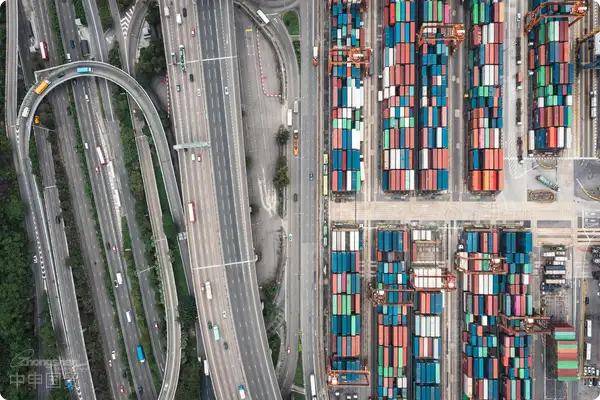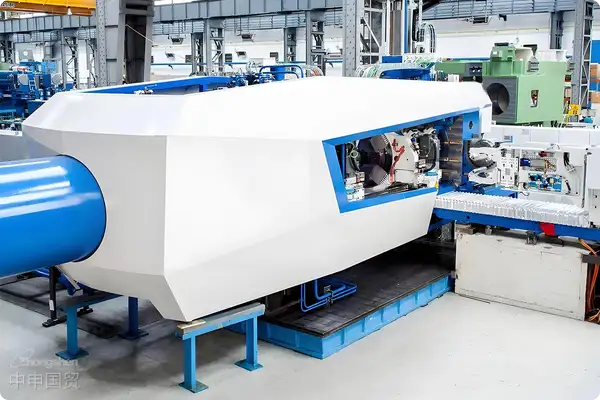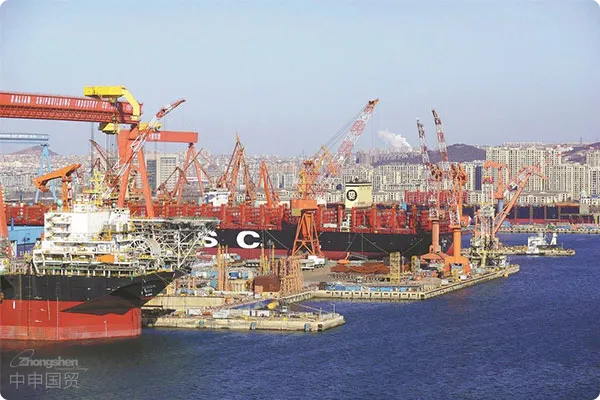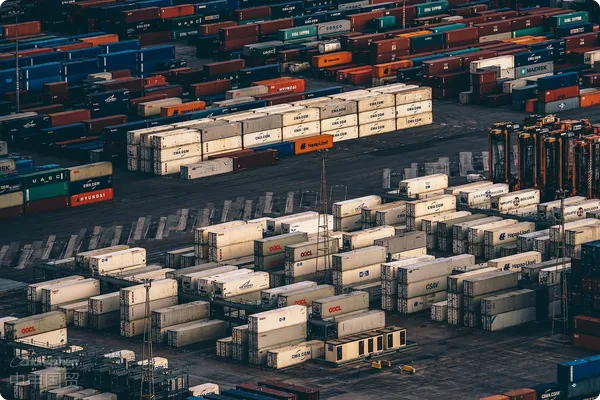- Shanghai Zhongshen International Trade Co., Ltd. - Two decades of trade agency expertise.
- Service Hotline: 139 1787 2118

Improve the classified management of manufacturing enterprises: MachineryEquipment ExportFor many manufacturers, it presents both opportunities and challenges. Among them,Export Representationcosts are one of the expenses that enterprises cannot ignore. This article will delve into the composition of machinery export agency fees, analyze key factors affecting costs, and provide effective cost-saving strategies to help companies expand into international markets while achieving cost control and profit maximization. Understanding these details enables enterprises to make informed decisions in the complex international trade environment and ensure smooth export operations.
Main content
I. Main Components of Machinery Export Agency Fees
Machinery export agency fees are not a single figure but rather the sum of costs from multiple stages. Understanding these components helps enterprises better control costs and plan budgets. Below are the main components of machinery export agency fees:
Basic Service Fee
The basic service fee is typically a fixed charge by export agencies, covering fundamental export procedures like document preparation, customs clearance, and commodity inspection. This fee varies based on the agencys service scope and expertise. Generally, more comprehensive services from experienced agencies may command slightly higher fees but can save enterprises significant time and effort while avoiding additional losses from unfamiliar processes. When selecting an agency, companies should carefully compare quotes and service offerings to choose the most cost-effective partner.
Customs Clearance and Inspection Fees
Customs clearance and inspection are essential steps in machinery exports. Customs fees depend on clearance complexity, HS codes, and customs policies. Different machinery types may have varying HS codes and tariff rates, directly affecting clearance costs. Inspection fees cover payments to testing agencies to ensure compliance with export standards. For certain machinery requiring safety certifications or environmental compliance, inspection fees may be higher. Enterprises should research target market regulations in advance to ensure full compliance.
Logistics and Transportation Fees
Logistics and transportation fees constitute the largest portion of machinery export agency costs. These expenses depend on transport methods (Maritime Transportation,Air Transportation, land transport), distance, cargo weight/volume, and insurance. For large machinery, ocean freight is primary, but its transit time and cost require careful consideration. Optimal logistics planning can effectively control transport costs. Transportation insurance is also essential, covering potential shipment risks. Experienced logistics agents can offer more economical solutions and competitive pricing.
Miscellaneous Fees
Beyond the above, machinery exports may incur miscellaneous fees like documentation charges, terminal handling fees, and warehousing costs. These are often flexible and situation-dependent. Special cargo may require additional handling fees. Enterprises should clarify all potential miscellaneous fees in agency contracts to avoid disputes. Some agencies may charge foreign exchange settlement fees, which should also be verified upfront.
II. Strategies to Reduce Machinery Export Agency Fees
Reducing machinery export agency fees is key to cost control. Below are practical recommendations:
Thorough Market Research and Demand Analysis
Conduct detailed market research before exporting to understand target market regulations, tariffs, and product requirements. This preparation helps avoid unexpected costs from regulatory unfamiliarity. Clarifying customer needs also enables optimal export planning, eliminating unnecessary intermediate steps.
Optimize Export Logistics Solutions
Choosing the right logistics method is critical for cost reduction. For large machinery, ocean freight is typical, but enterprises can lower costs by optimizing packaging, selecting shipping lines strategically, and avoiding peak seasons. Monitoring logistics trends and choosing efficient routes also reduces risks and expenses.
Select Experienced and Transparent Agencies
Partnering with reputable, experienced, and transparent export agencies is vital. Experienced agencies provide professional guidance to prevent operational errors, while transparent pricing facilitates accurate budgeting and avoids hidden costs.
Improve Export Operational Efficiency
Enterprises should enhance operational efficiency by preparing documents early, ensuring product compliance, and maintaining clear communication with agencies to minimize delays. These small measures collectively reduce export costs.
Leverage Government Support and Export Subsidies
Research government support policies such asExport Drawback, export credit insurance, and subsidies. These initiatives lower export costs and enhance competitiveness. Enterprises should actively apply for preferential policies to maximize benefits.
Conclusion: Machinery export agency fees are unavoidable, but by understanding their composition and implementing cost-saving strategies, enterprises can control expenses while expanding globally. Choosing professional agencies, optimizing logistics, and utilizing government support will help companies stand out in competitive markets and achieve sustainable export growth.
Related Recommendations
? 2025. All Rights Reserved. Shanghai ICP No. 2023007705-2  PSB Record: Shanghai No.31011502009912
PSB Record: Shanghai No.31011502009912










